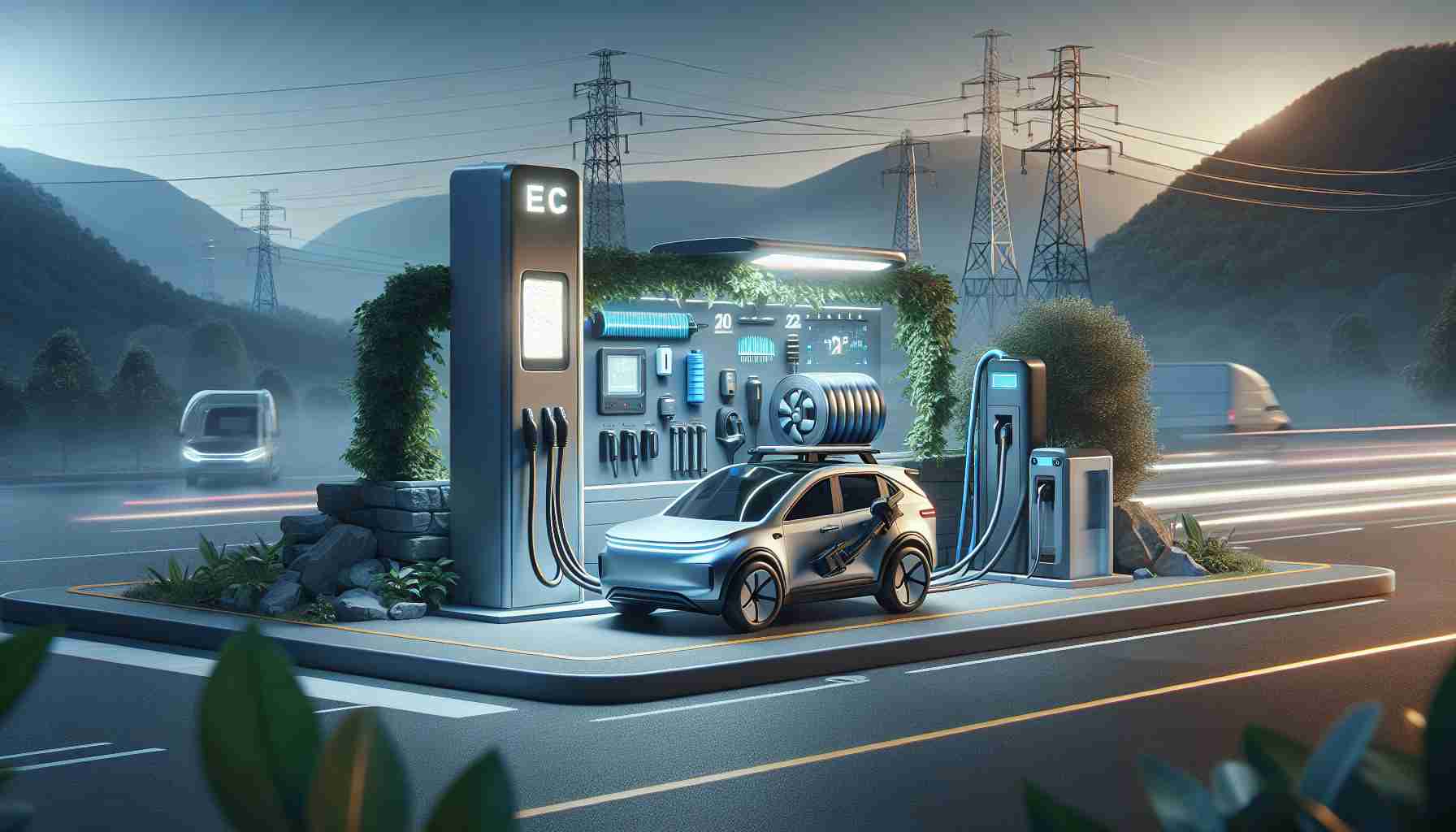Electric vehicles (EVs) have become increasingly popular as a sustainable and eco-friendly mode of transportation. Offering zero emissions and reliance on electricity instead of gasoline, EVs provide a greener alternative to traditional vehicles. In addition, their lower operating costs and various incentives make them an attractive option for consumers. However, there is one aspect of EVs that often goes unnoticed but poses a significant challenge to their sustainability – car depreciation.
Car depreciation refers to the decrease in value a vehicle undergoes over time. Factors such as wear and tear, mileage, accidents, advancing technology, market demand, and economic conditions contribute to this depreciation. While it is an unavoidable process, regular maintenance and cautious driving can slow down the rate of depreciation.
New cars typically experience a depreciation of 20 to 30 percent in the first year, followed by an additional 15 percent loss over the next two years. This amounts to a depreciation of 50 percent or more in three years. The moment a new car is driven off the lot, it begins losing value, with an average decrease of 11 percent according to Edmus.
When it comes to depreciation, not all cars are equal, and EVs tend to lose value faster than any other type of vehicle. A recent analysis by iSeeCars.com found that the average EV had lost 49.1 percent of its value after five years, significantly higher than traditional fuel cars.
There are a few reasons why EVs depreciate at a faster rate:
1. Battery degradation: EV batteries gradually lose capacity over time, affecting driving range and performance. This decline in battery efficiency makes EVs less attractive to potential buyers and consequently lowers their resale value.
2. Government incentives: Incentives offered by governments to promote the adoption of EVs can inadvertently contribute to higher depreciation rates. Buyers may be more inclined to sell their EVs to take advantage of these economic incentives, leading to increased supply and a subsequent decrease in price.
3. Limited availability of used EVs: The relatively new technology of electric vehicles means there is a limited supply of used EVs in the market. This scarcity drives up prices and also contributes to higher depreciation rates.
The faster depreciation of EVs can act as a deterrent for consumers considering purchasing one. Additionally, those who base their decision on potential resale value may be discouraged from entering the EV market. For resellers, investing in EVs may not be the most lucrative option due to their higher depreciation rates.
While electric vehicles offer significant environmental benefits and cost-saving opportunities, it is essential to consider the potential challenges posed by car depreciation. As the EV market continues to evolve, addressing the issue of depreciation will be crucial for ensuring its long-term sustainability.
The source of the article is from the blog maltemoney.com.br
